Standard Errors
Estimates from the Labour Force Survey (LFS) are based on information collected from people in a sample of dwellings, rather than the entire population. Hence the estimates produced may differ from those that would have been produced if the entire population had been included in the survey. The most common measure of the likely difference (or 'sampling error') is the standard error (SE).
The ABS considers that estimates with a relative standard error of 25% or more may be subject to sampling variability too high for most practical purposes.
To determine if an item has a relative standard error of 25% or more, in SuperTABLE, right click in the centre of the table, select annotate cells - standard annotations, and select 'Annotate RSE cut-off values'.
To indicate those cells in spreadsheets with a relative standard error of 25% or more, annotations have been applied prior to dissemination.
In addition, the tables below have been supplied to show estimates at which the relative standard error is 25%. Estimates of the size indicated in the tables, or smaller, are considered to be subject to sampling variability too high for most practical purposes.
Additional information on how standard errors for LFS estimates are produced is available in Labour Force Survey Standard Errors, Data Cube (cat. no. 6298.0.55.001).

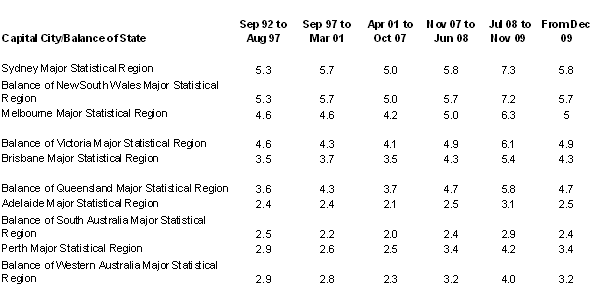
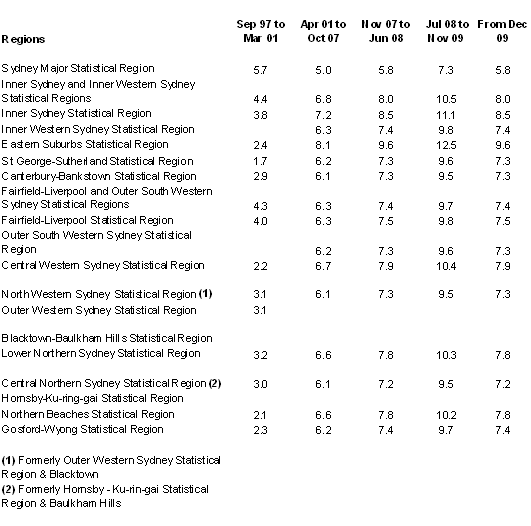
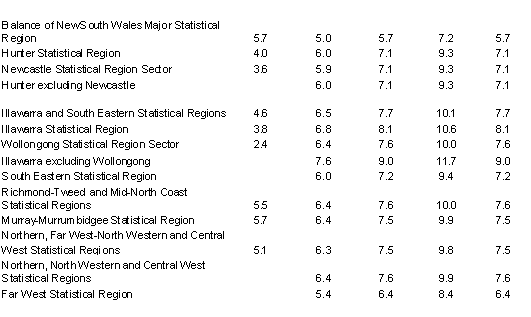
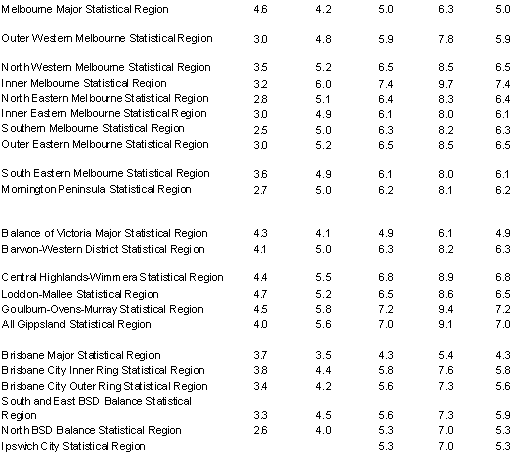
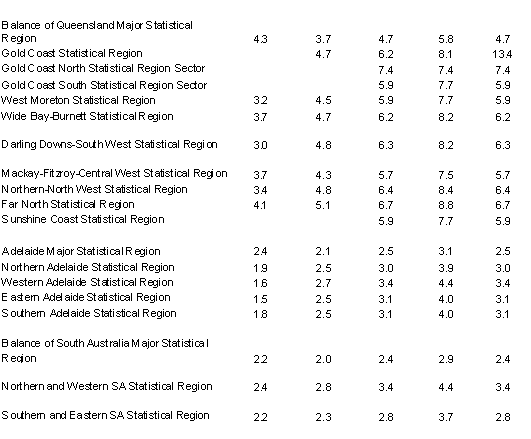
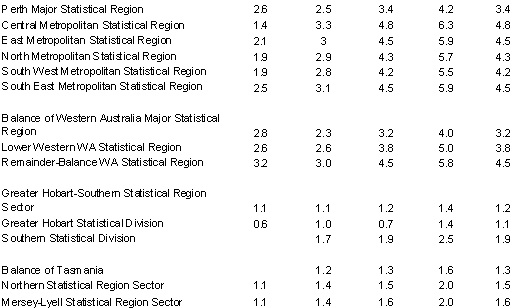
 Print Page
Print Page
 Print All
Print All
 Quality Declaration
Quality Declaration